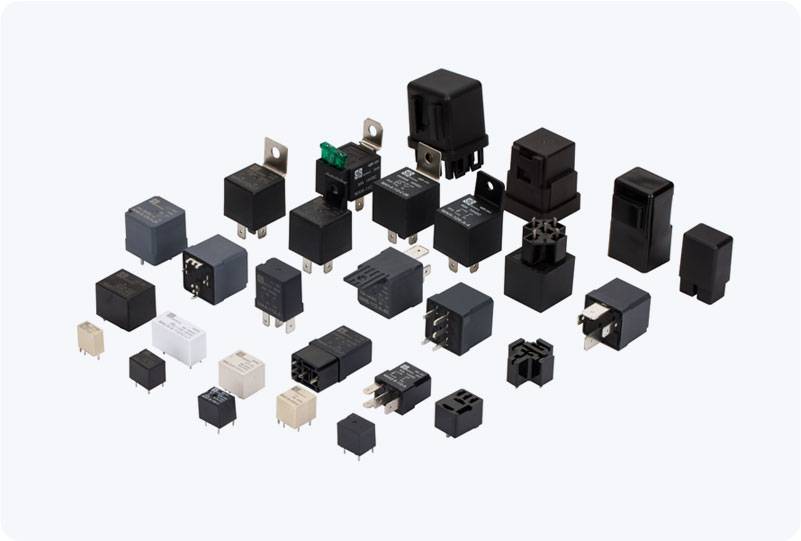In the realm of electrical systems, power relays play a critical role in controlling the flow of electricity to various devices and components. However, one of the most common and concerning issues that arise in these systems is power relay contact welding. When relay contacts weld together, they can cause malfunction, equipment damage, and even create safety hazards. To prevent these detrimental outcomes, engineers have developed a variety of solutions aimed at mitigating the risks associated with contact welding in power relays. This article explores the causes, effects, and most effective solutions for power relay contact welding.

Causes of Power Relay Contact Welding Power relay contact welding occurs when the contacts inside a relay become fused due to excessive heat or electrical overload. Several factors contribute to this phenomenon: High Current or Voltage: When a power relay is used to control high current or voltage loads, the contacts are subjected to intense thermal stresses. If the current is too high or the voltage fluctuates erratically, the contacts can heat up to the point where they become soft, causing them to stick together or weld. Arc Formation: As the relay switches on and off, electric arcs can form between the contacts. When the contacts are opened while carrying a large current, the arc generated can cause pitting or welding of the contact surfaces, which eventually leads to failure.